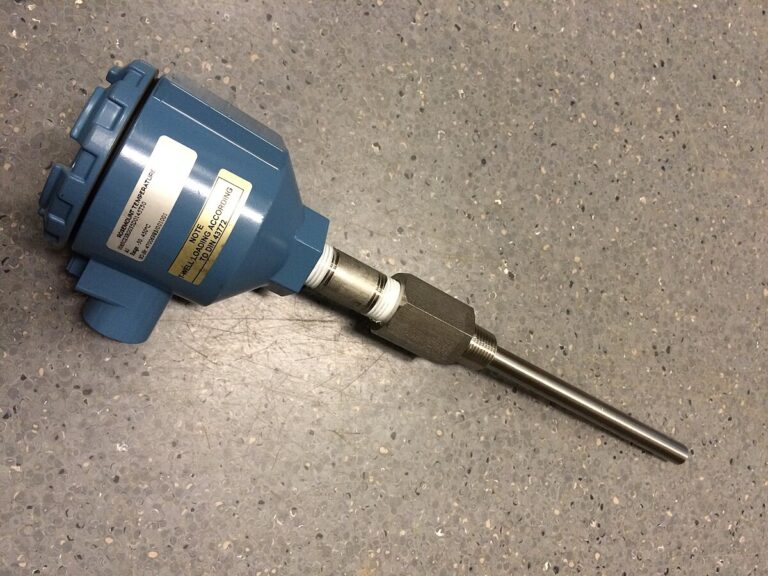In order to realize the automation of petrochemical production, it is necessary to comprehensively monitor the temperature, pressure, flow and other data in the production process.
These functions are realized through corresponding detection instruments. Once the instrument fails, it will have a serious impact on the normal chemical production.
Therefore, the staff must be proficient in the physical structure, measurement principle and performance indicators of the instrument, and be able to accurately diagnose and handle instrument failures, so as to ensure the normal progress of chemical production.
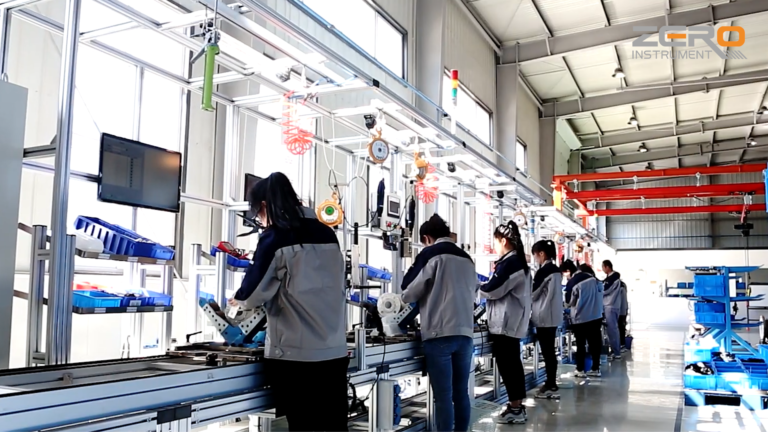
In order to realize the automation of petrochemical production, it is necessary to comprehensively monitor the temperature, pressure, flow and other data in the production process.
These functions are realized through corresponding detection instruments. Once the instrument fails, it will have a serious impact on the normal chemical production.
Therefore, the staff must be proficient in the physical structure, measurement principle and performance indicators of the instrument, and be able to accurately diagnose and handle instrument failures, so as to ensure the normal progress of chemical production.

1. Flow meter failure
1) If the flow meter value reaches the highest, the field detection instrument will generally also display the highest. At this time, manually adjust the size of the remote control valve. If the flow value decreases, it means that there is a process problem; if the flow value remains unchanged, it should be a fault in the instrument system, and it is necessary to detect whether there are abnormalities in the instrument signal transmission system, measurement and pressure-inducing system, etc.
2) If the flow index fluctuates abnormally, the system can be switched from automatic control to manual. If there is still a fluctuation, it means that it is caused by the process; if the fluctuation decreases, it means that there is a PID parameter problem or an instrument problem.
3) If the instrument flow reaches the lowest, first check the field detection instrument. If the field instrument also shows the lowest, check the opening of the regulating valve. If the opening is zero, it means that the fault occurs in the flow control device. If the opening is normal, it is most likely caused by material crystallization, pipeline blockage or low pressure. If the field instrument is normal, it means that there is a problem with the display instrument. The reason is usually that the mechanical instrument gear is stuck, the positive pressure chamber of the differential pressure transmitter leaks, etc.
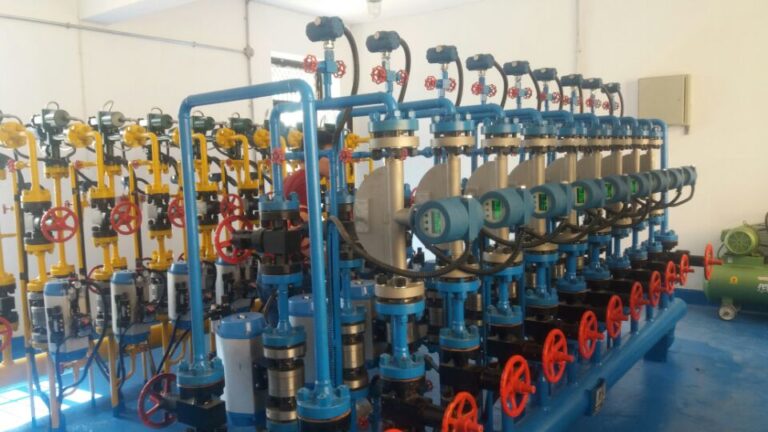
2. Level instrument failure
1) When the value of the liquid level instrument reaches the highest or lowest, judge according to the on-site detection instrument. If the on-site instrument is normal, change the system to manual control to check whether the liquid level changes. If the liquid level can remain stable within a certain range, it means that there is a problem with the liquid level control system. Otherwise, it is a process problem.
2) For differential pressure liquid level instruments, when the display data of the control instrument and the on-site detection instrument do not match, and there is no obvious abnormality in the on-site instrument, check whether the pressure pipe liquid seal is normal. If there is leakage, add sealing liquid and return the instrument to zero; if there is no leakage, it is preliminarily inferred that the negative migration of the instrument is wrong and needs to be corrected.
3) When the data of the liquid level control instrument fluctuates abnormally, it should be judged according to the equipment capacity. If the equipment capacity is large, it is usually a problem with the instrument; if the equipment capacity is small, check the process operation first. If the process operation changes, it is very likely that the fluctuation is caused by the process. Otherwise, it is a problem with the instrument.
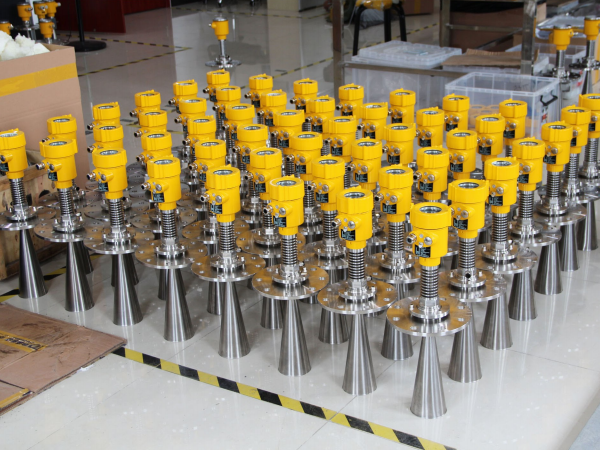
3. Pressure instrument failure
When the pressure instrument data is abnormal, targeted detection and diagnosis should be carried out according to the physical state of the measured medium – solid, liquid, gas.
1) When the pressure control instrument fluctuates abnormally, the changes in the process operation should be confirmed first, because such changes are mostly caused by abnormal process operation and PID parameters.
2) When the control instrument is stagnant, that is, the instrument data remains constant when the process operation changes, it is usually caused by a failure in the pressure measurement system. At this time, you should first confirm whether the pressure guide pipe is blocked. If the pipeline is unobstructed, then confirm whether the pressure transmitter output device is in a normal state. If abnormal changes are found, it can be confirmed that the problem occurs in the measurement indication system.
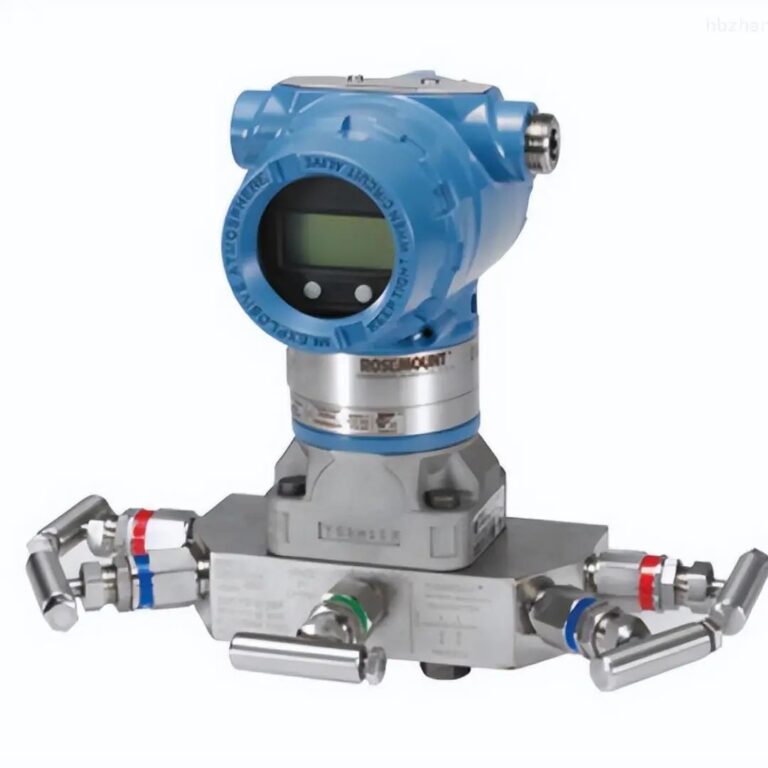
4. Temperature meter failure
Temperature instrument failure usually manifests as high or low readings or slow response. When a temperature instrument fails, pay attention to the following two points: First, most temperature instruments use electric instruments; second, the system instrument has a relatively obvious lag when detecting.
1) The temperature instrument data suddenly changes to the highest or lowest, which is usually a problem with the instrument system. This is because the instrument system itself has a certain lag and rarely changes suddenly. If there is a sudden change, it is generally caused by abnormalities in thermal resistors, thermocouples or transmitter amplifiers.
2) When the temperature control instrument has high-frequency abnormal fluctuations, it is usually caused by improper PID parameter settings.
3) When the temperature control instrument has a relatively obvious slow fluctuation, it is generally caused by changes in process operations. If the influence of process operations can be ruled out, it is very likely that the instrument control system has a fault.
